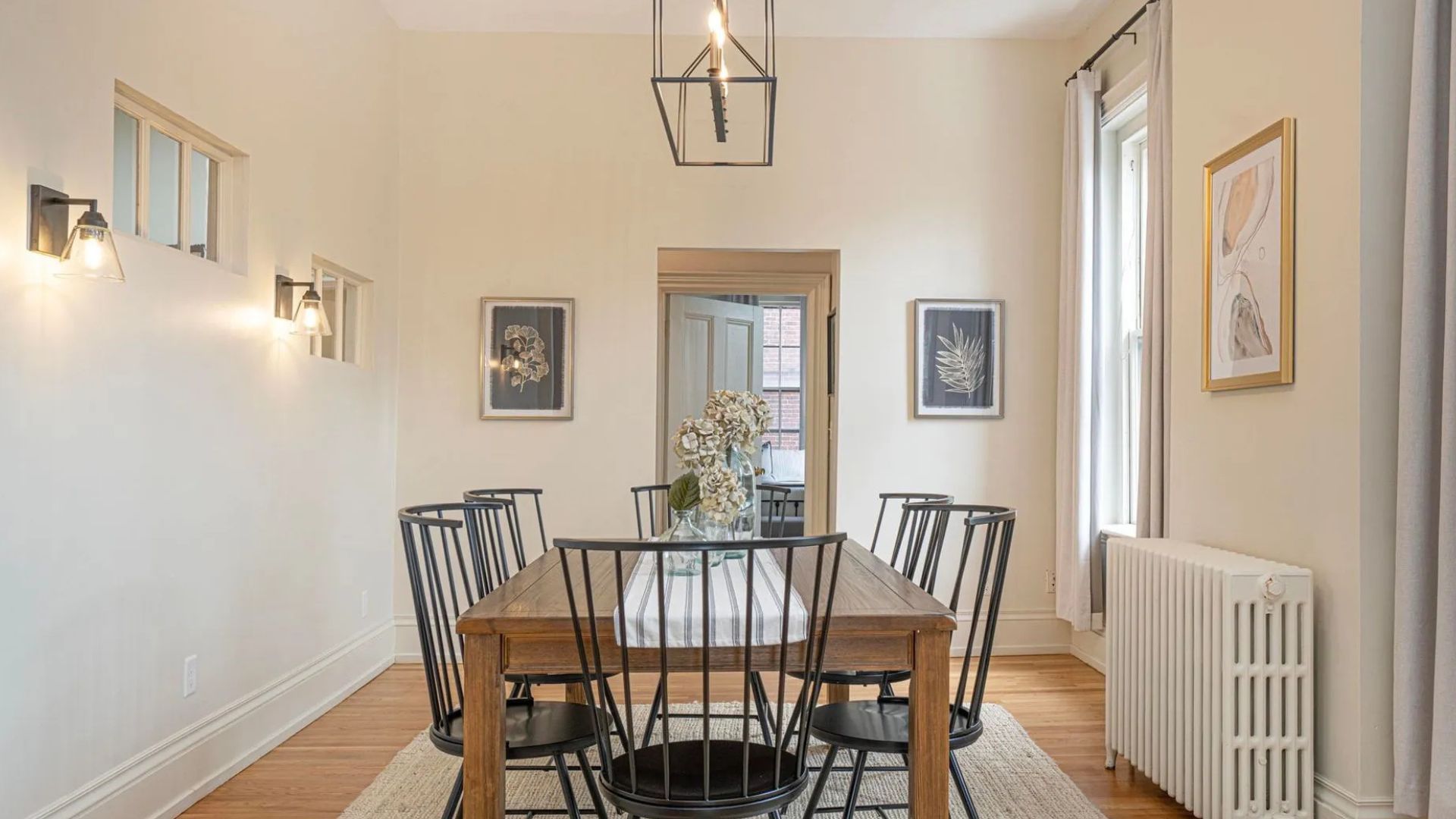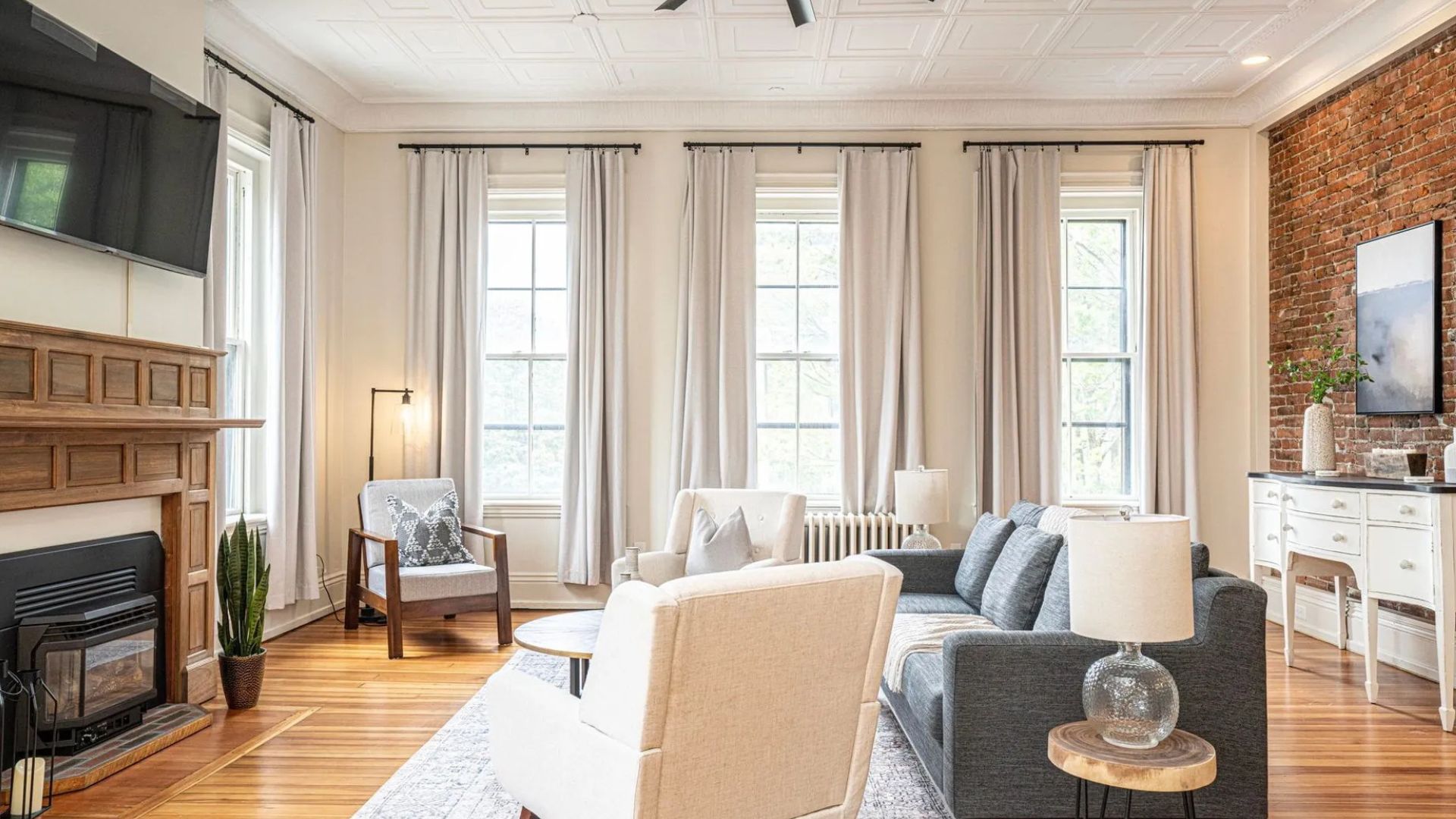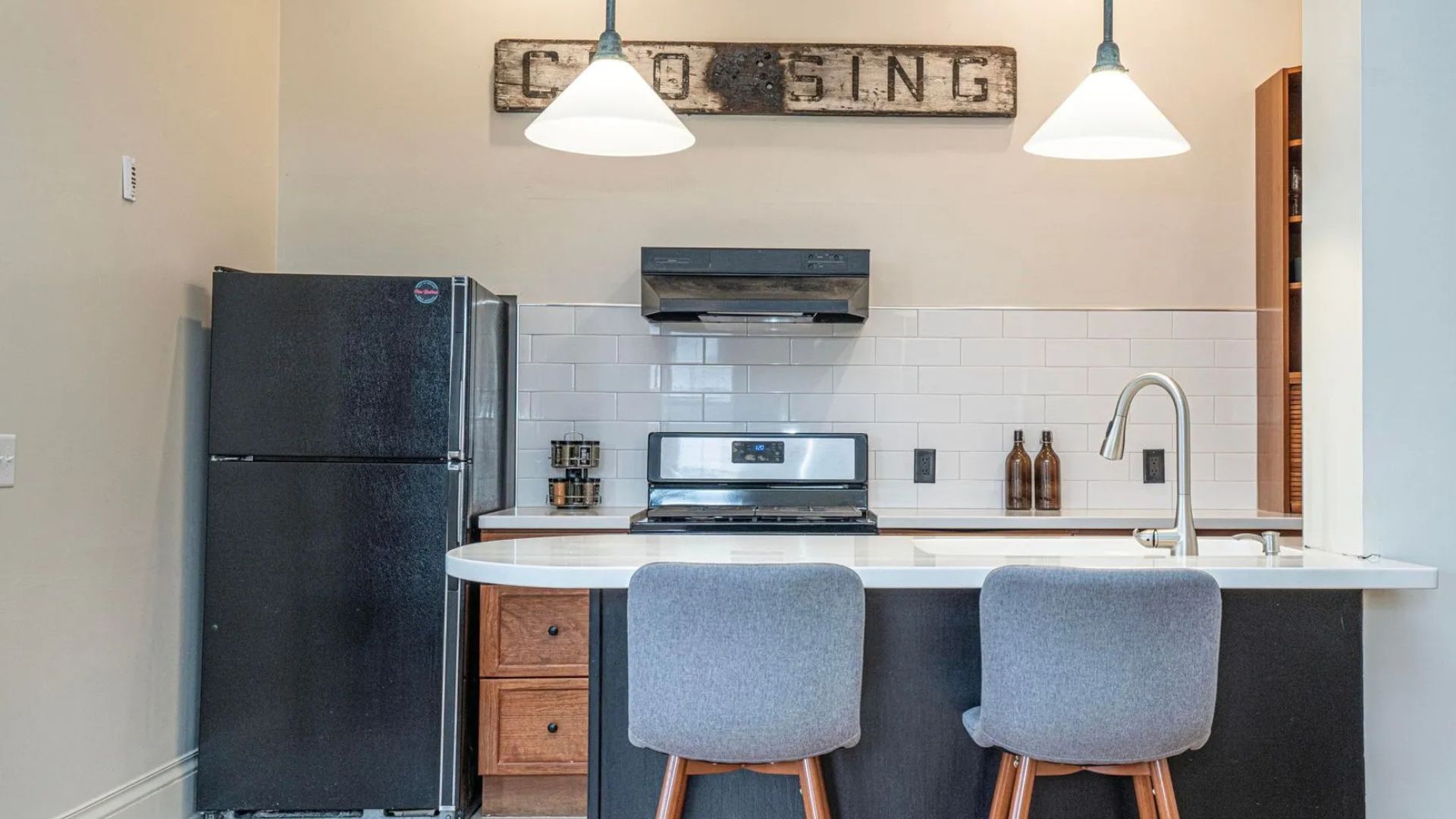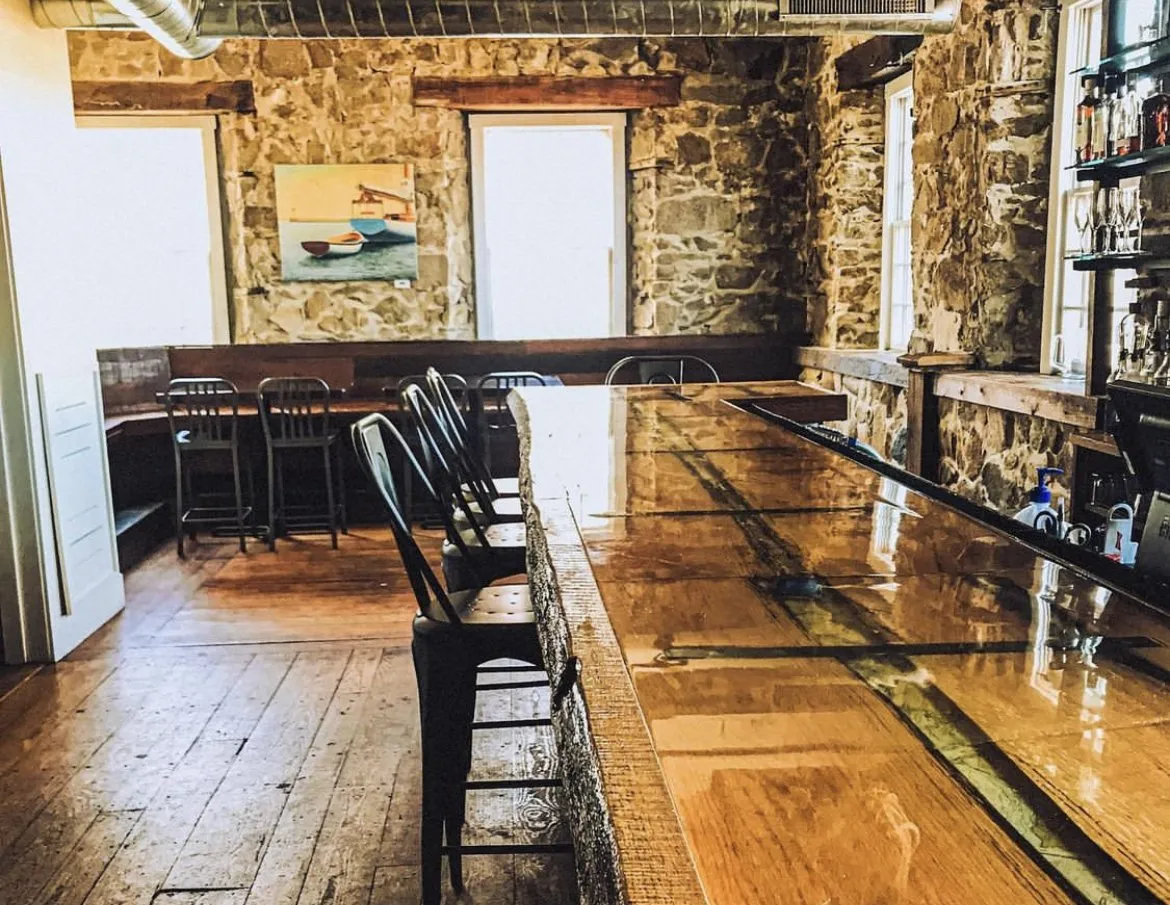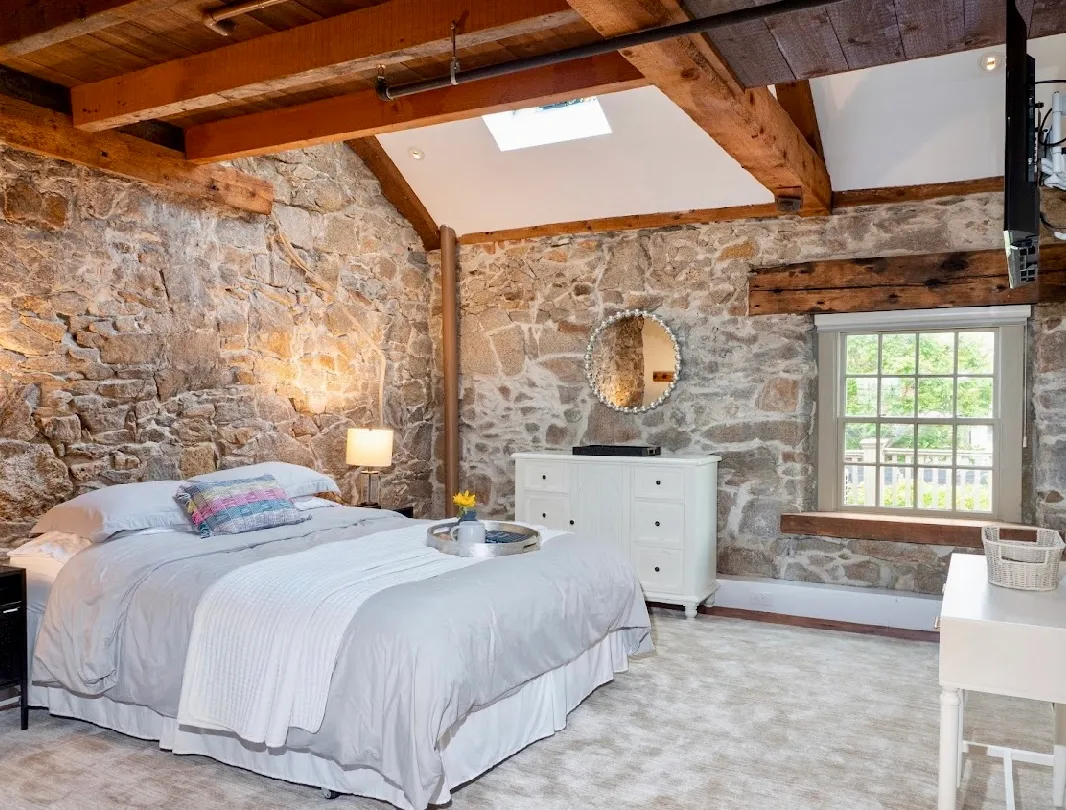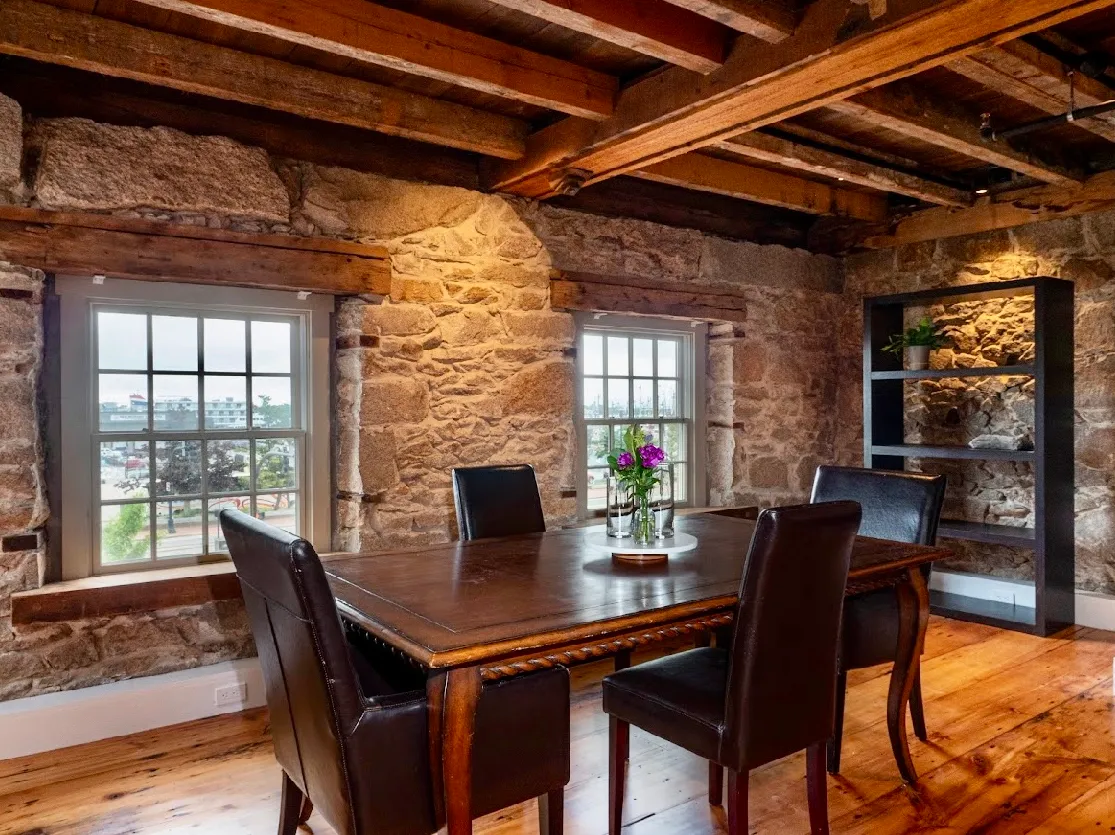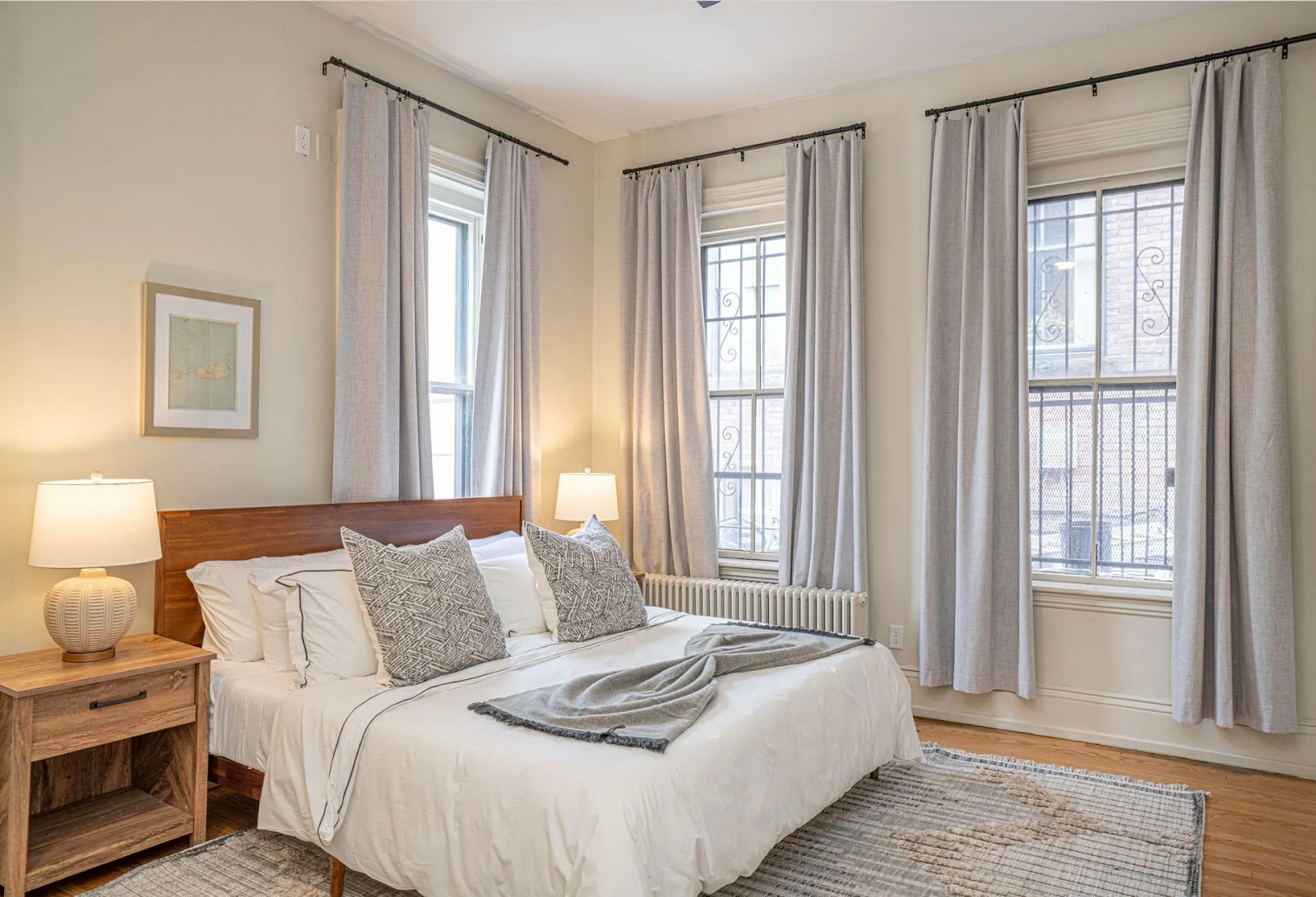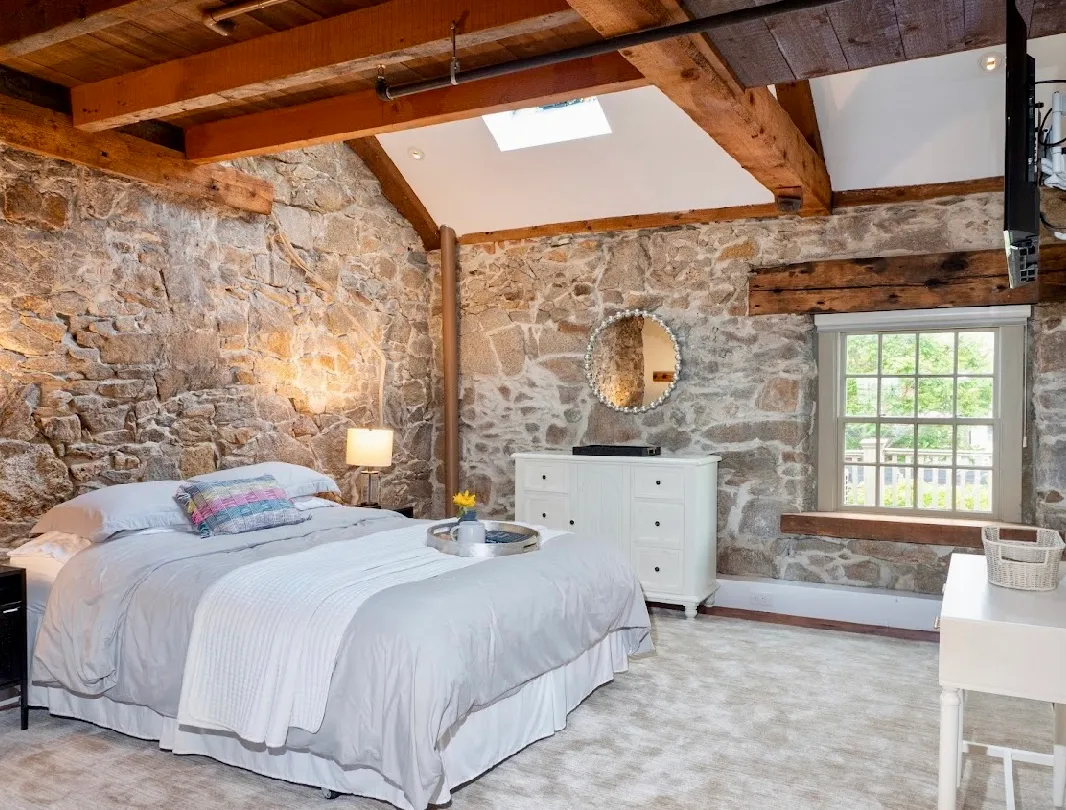Essential Vacation Rental Safety Measures You Need
In today's competitive vacation rental market, ensuring top-notch safety is not only a legal requirement but a cornerstone of guest satisfaction and property protection. Vacation rental owners face challenges ranging from physical hazards like unlocked doors and inadequate lighting to operational risks such as defective fire extinguishers or outdated electrical systems. Moreover, recent studies have shown that properties enhancing safety protocols can experience up to a 30% boost in guest trust and booking rates (Smith et al., 2021, https://www.journalofpropertysafety.com).
This article offers comprehensive guidelines on securing vacation rentals by implementing proven physical security measures, communicating safety standards to guests, mitigating hazards, and using modern technology to maintain ongoing safety. It also details legal and insurance measures that protect property owners. By addressing risks from unauthorized entry and environmental hazards, vacation rental owners not only safeguard their investments but also create a secure living environment that meets strict standards set by regulating bodies and vrbo guidelines.
The focus keywords, such as vacation, property, safety, ladder, home insurance, smart lock, fire extinguisher, and hazard, are woven throughout the narrative to emphasize both practical and regulatory aspects. As vacation rentals continue to grow in prominence, a proactive approach to safety is essential. With a clear focus on communication, technology, constant vigilance, and legal conformance, property owners can protect their guests and enhance their market reputation. Let’s now explore these critical measures in greater detail.
Implementing Essential Physical Security: Key Vacation Rental Safety Measures
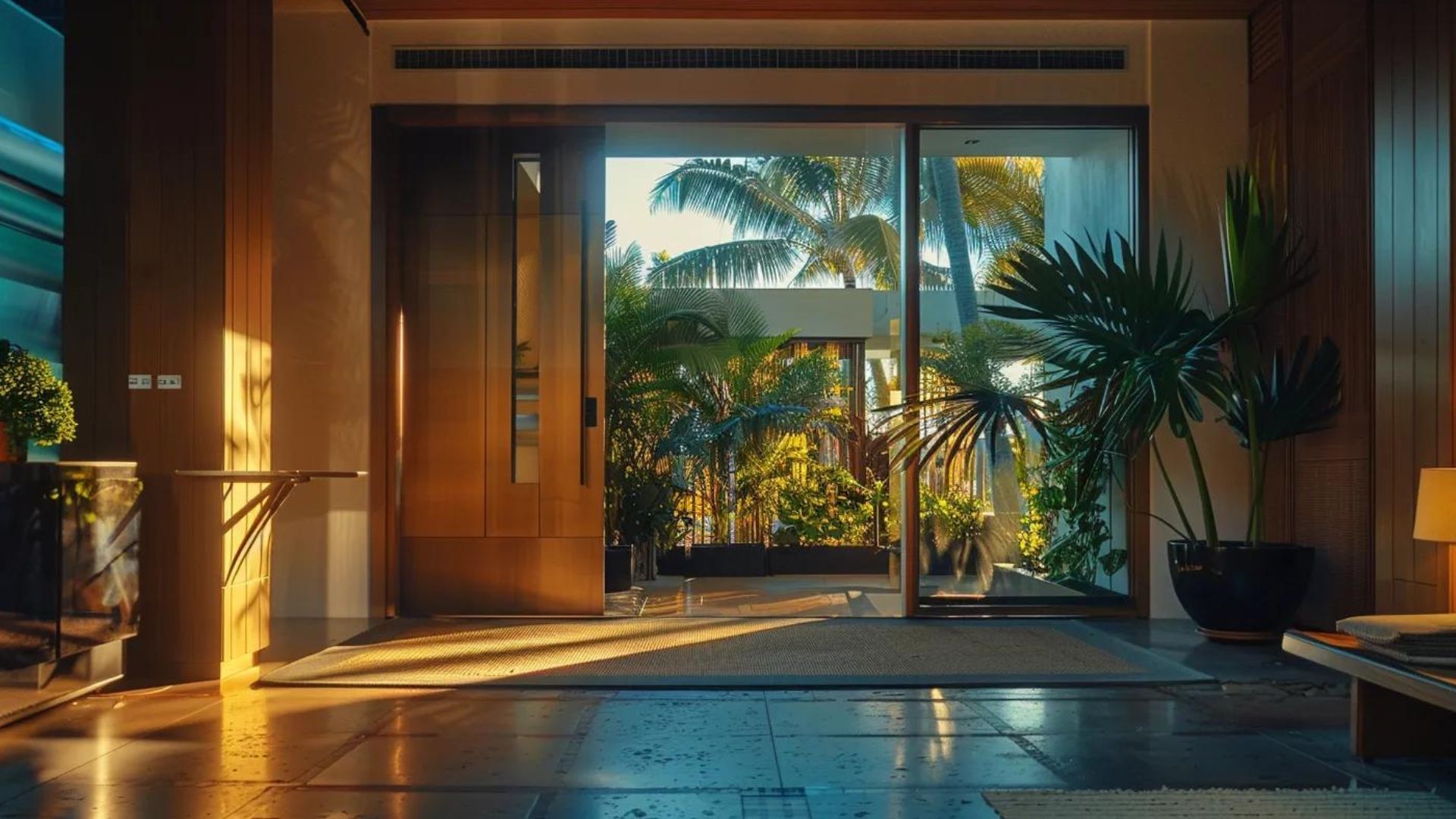
This section outlines practical steps for bolstering physical security to protect vacation rentals from unauthorized entry and other risks. Establishing robust physical security means fortifying every potential vulnerable point on the property, be it doors, windows, or other access areas. A proactive owner begins by assessing the entire property for areas susceptible to intrusion and takes targeted measures that range from strengthening door frames with metal reinforcements to using multi-point locking systems on windows. Federal recommendations and regional policies, such as those outlined by the Florida Department of Business and Professional Regulation, urge regular evaluations and upgrades for physical entry points.
Fortify Doors and Windows Against Unauthorized Entry
The first measure is to fortify doors and windows using high-quality, tamper-resistant materials. These upgrades not only deter potential intruders but also provide a sense of security for guests. Reinforced doors using solid wood or metal frames, along with windows fitted with shatterproof glass and secure locks, prevent forced entry. In recent studies, varying improvements in burglary prevention were documented when properties upgraded their entry systems (Jones et al., 2020, https://www.securitystudiesjournal.org). Moreover, regular maintenance of locks and alarm systems is integral since even the best materials can degrade over time.
Ensure Adequate Exterior Lighting for Deterrence and Safety
Exterior lighting plays a crucial role in deterring criminal activities. The installation of smart LED lights with motion sensors not only illuminates dark areas but also discourages unwanted visitors. Bright, well-distributed lights around entrances, pathways, and driveways provide continuous security during nighttime hours. Studies have revealed that properties with improved exterior lighting systems experience a 25% reduction in incidents of break-ins (Lee et al., 2022, https://www.crimetrics.org). In addition, energy-efficient lighting systems can be synced with smart home devices for convenient scheduling.
Secure Secondary Access Points Like Patios and Balconies
Secondary access points, such as patios, balconies, and garages, are often overlooked despite their potential vulnerability. Protecting these areas with robust, lockable doors or gates can close gaps in overall property security. These measures ensure that all entry points are controlled and monitored. Security experts recommend integrated surveillance systems that cover both primary and secondary access points to maintain continuous oversight.
Consider Installing a Monitored Security Alarm System
A monitored security alarm system is an essential cornerstone of physical security. By linking alarms to a central monitoring service, owners can receive immediate alerts in the event of emergencies or unauthorized entry. This real-time response mechanism can be critical for both homeowners and guests, improving emergency response times and reducing potential damage. In many modern vacation rental properties, integrating alarms with smart home systems allows for remote access and control, thus enabling comprehensive oversight from anywhere in the world.
Establish Foolproof Key or Access Code Management
Effective key management is critical, especially in vacation rentals where guest turnover is high. Transitioning from traditional keys to digital access through smart locks provides an audit trail, reducing the risk of unauthorized copying or misuse. With smart access systems, property owners can generate temporary codes that automatically expire after check-out, ensuring guest privacy while enhancing security. These systems also integrate with property management software, enabling real-time updates and tracking of guest entries.
Key Takeaways:
- Upgrading doors and windows with robust materials and secure locks deters intruders.
- Exterior lighting with motion sensors significantly reduces break-in risks.
- Secondary access points require equally stringent security measures.
- Monitored alarm systems facilitate rapid emergency response.
- Smart key management ensures controlled and traceable property access.
Communicating the Essential Vacation Rental Safety Measures You Need to Share With Guests
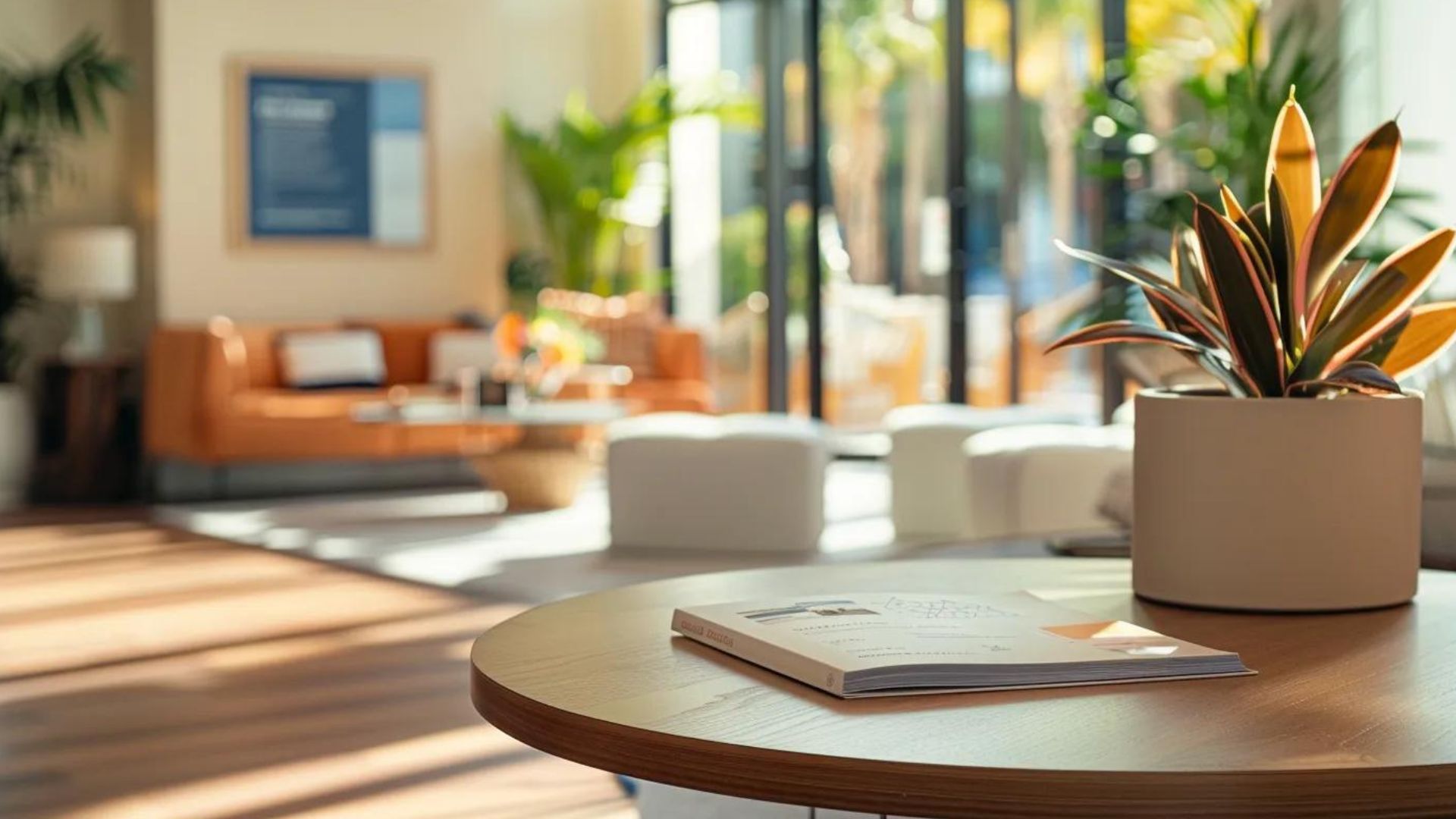
Effective communication of safety measures builds trust with guests and helps ensure adherence to property rules. Communication begins before arrival and continues throughout the guest's stay. Providing guests with easily accessible, clear safety guidelines can reduce risks and improve the overall guest experience. Property owners are encouraged to develop comprehensive safety documentation that details emergency procedures, safety equipment locations, and operational instructions for all amenities.
Furnish Guests With Clear Emergency Contact Details and Plans
Immediately upon arrival, guests should be provided with essential emergency contact details. This includes local emergency numbers as well as direct contact information for the property manager, security service, or on-call technician available 24/7. Clear diagrams outlining evacuation routes, fire extinguisher locations, and first aid kit placements should be highlighted in the welcome packet. Ensuring that guests know how and when to contact help can mitigate delays in response during emergencies, potentially saving lives and property.
Create an Informative Property Safety Guide for Guests
An informative safety guide, either provided digitally or in a hard copy within the rental, serves as a crucial tool for educating guests about the safety protocols on the property. This guide should detail all installed safety systems, including smoke alarms, carbon monoxide detectors, and emergency shutdown procedures. It should also provide instructions on the correct operation of appliances and the proper use of amenities such as pools or spas. Recent peer-reviewed research emphasizes that comprehensive safety guides significantly contribute to reduced guest accidents in vacation rentals (Martins et al., 2021, https://www.hospitalitysafetystudies.com). This collaborative approach minimizes risks and enhances the overall guest experience.
Advise Guests on Specific Local Area Safety Considerations
Providing a contextual overview of local safety information helps guests better prepare for their stay. For instance, if the property is located in a region with known environmental hazards or specific municipal safety procedures, these should be included in the briefing. Details such as nearby emergency facilities, areas to avoid during inclement weather, and cultural safety tips create an informed guest profile. This approach not only elevates guest satisfaction but can also reduce unwanted incidents by ensuring guests are aware of local risks.
Define House Rules That Reinforce Safe Behavior
House rules that focus on safety are essential for ensuring that guests behave in ways that protect both themselves and the property. These rules should clearly define prohibited actions, such as the misuse of appliances, unauthorized gatherings near hazardous areas, or any activities that may compromise the physical integrity of the rental. Reinforcing these rules during check-in and in written communication promotes compliance and sets clear expectations for behavior.
Explain Proper and Safe Operation of All Amenities
Guests must receive thorough instructions on the safe and proper use of all amenities, especially those that may present operational hazards like pools, hot tubs, or advanced home security systems. Demonstrations or instructional videos can be provided to ensure that guests fully understand the risk factors involved and how to manage them safely. When guests are adequately informed, their confidence in using these amenities increases, thereby enhancing their overall experience while reducing the risk of accidents.
Key Takeaways:
- Clear emergency contacts and evacuation plans are vital for guest safety.
- A comprehensive safety guide reduces the likelihood of accidents.
- Local area safety advisories help guests prepare effectively.
- Defined house rules encourage safe guest behavior.
- Detailed instructions for amenity use prevent mishaps and boost guest confidence.
Mitigating Risks With Comprehensive Hazard Prevention Safety Measures
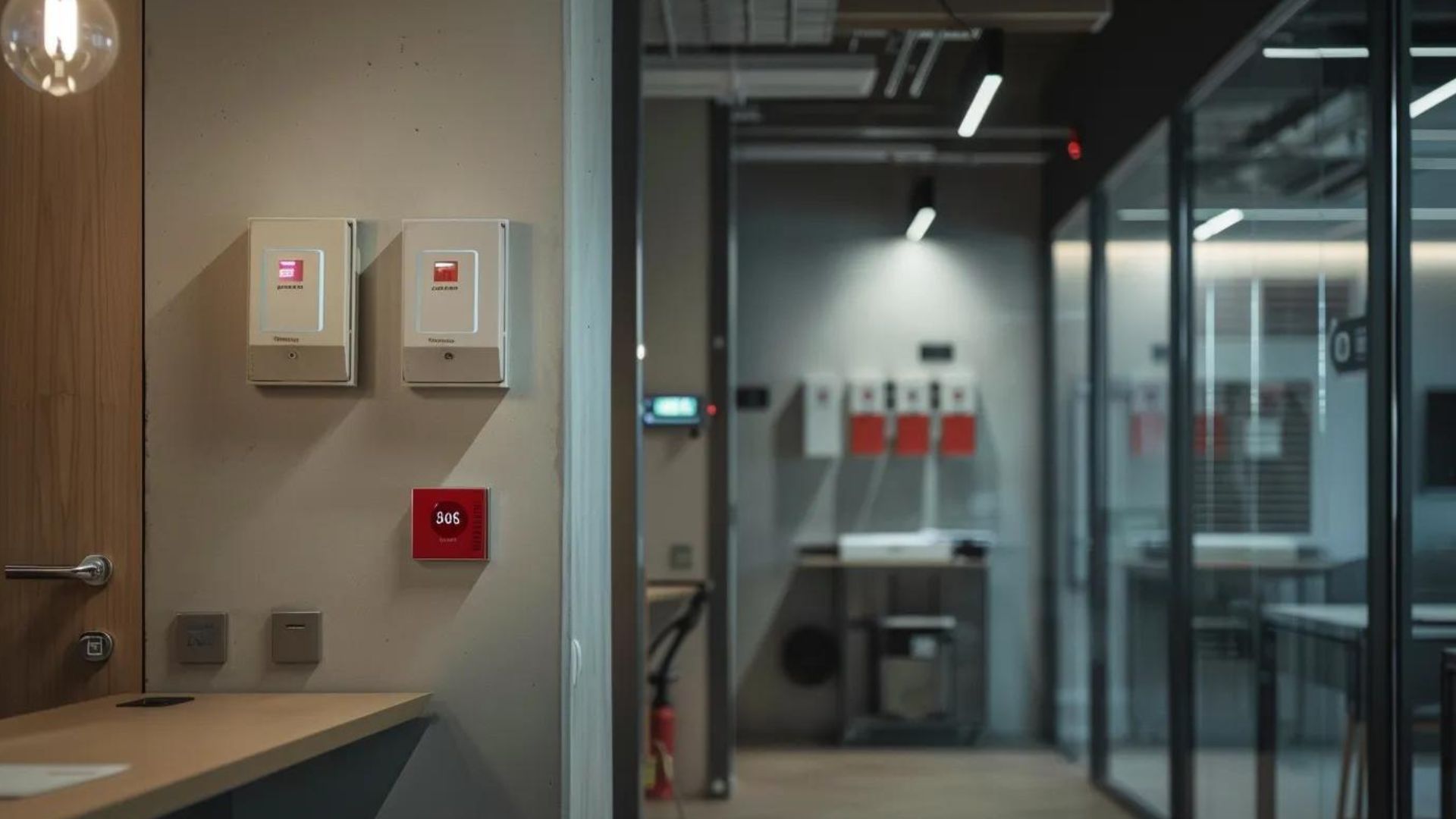
Reducing hazards is a multi-faceted process that requires continuous attention. This section delves into strategies that minimize risks associated with potential hazards in vacation rentals. Implementing hazard prevention measures not only helps in avoiding accidents but also reduces liability risks for property owners. The focus is on ensuring that every element, from smoke alarms to electrical systems, adheres to the highest safety standards. Peer-reviewed research from the Journal of Safety Engineering (Kumar et al., 2022, https://www.journalofsafetyengineering.com) has shown that properties conducting regular hazard audits reduce accident rates by nearly 40%.
Install and Maintain Smoke Alarms and Carbon Monoxide Detectors
Installing both smoke alarms and carbon monoxide detectors is indispensable in safeguarding lives. These unobtrusive devices provide early warnings during a fire or in the presence of toxic gases. It is recommended that these detectors be interconnected so that a single alarm can trigger a full response throughout the property. Regular maintenance checks every six months ensure the devices are functional and comply with local safety regulations. Studies have consistently shown that well-maintained smoke and carbon monoxide detectors can reduce mortality rates in residential fires by at least 50% (Nguyen et al., 2019, https://www.firehealthstudies.org). Such systems are particularly critical in vacation rentals where the occupancy fluctuates and immediate response may be challenging.
Provide Readily Accessible and Inspected Fire Extinguishers
Fire extinguishers are a crucial line of defense in the early stages of fire outbreaks. It is essential to provide fire extinguishers in strategic locations, such as the kitchen, near the boiler room, and in common areas. Property managers must ensure that each extinguisher is inspected, charged, and serviced at least once a year in compliance with local fire department regulations. Clear signage indicating the location of fire extinguishers can further enable quick access during emergencies. Research indicates that the presence and proper maintenance of fire extinguishers not only improve safety but also enhance guest confidence in the property’s emergency response plan (Lopez et al., 2020, https://www.fireextinguisherstudies.com).
Address and Rectify Potential Slip, Trip, and Fall Hazards
Slip, trip, and fall hazards are common in any property, especially those with extensive outdoor or pool areas. To mitigate these risks, properties must undergo regular inspections to identify uneven flooring, loose carpets, poorly lit staircases, or slippery surfaces. Once identified, corrective measures such as installing non-slip coatings, securing loose floor coverings, or enhancing lighting can significantly reduce the risk of falls. Safety audits must be documented, and records maintained to ensure repeat issues are addressed promptly. For vacation rentals, these proactive measures can reduce liability claims from guest injuries and maintain a reputation for meticulous care in property management.
Implement Strict Water Safety Protocols for Pools and Spas
Pools and spas add recreational value to vacation rentals, but also present distinct hazards such as drowning risks and slippery surfaces. Establishing strict water safety protocols involves installing pool alarms, providing clear signage regarding depth and safety rules, and ensuring the availability of life-saving equipment like life vests and reach poles. Additionally, regular maintenance of pool filters and water safety devices is vital. Training staff or providing guests with basic water safety instructions can also reduce the risk of accidents. Insurance claims involving pool-related injuries frequently cite inadequate safety measures, reinforcing the need for robust protocols and frequent checks.
Perform Regular Inspections of Electrical Systems and Appliances
Electrical systems and appliances pose significant risks if not maintained properly. Regular inspections of wiring, outlets, and appliances are essential to prevent electrical fires and shocks. Certified electricians should conduct comprehensive checks at least annually. Faulty wiring or outdated appliances can lead to severe hazards, putting guests' lives and property at risk. Documenting inspection results and timely repairs not only meets legal compliance but also creates a safer environment for guests. A systematic approach to maintaining electrical safety, combined with upgrading outdated systems, plays a major role in minimizing hazards in vacation rentals.
Key Takeaways:
- Routine checks of smoke alarms and carbon monoxide detectors are critical.
- Accessible, well-maintained fire extinguishers boost emergency preparedness.
- Addressing slip, trip, and fall hazards minimizes common injuries.
- Strict water safety protocols protect guests using pools and spas.
- Regular electrical inspections prevent potential fire hazards and failures.
Protecting Your Property and Interests With Legal and Insurance Measures
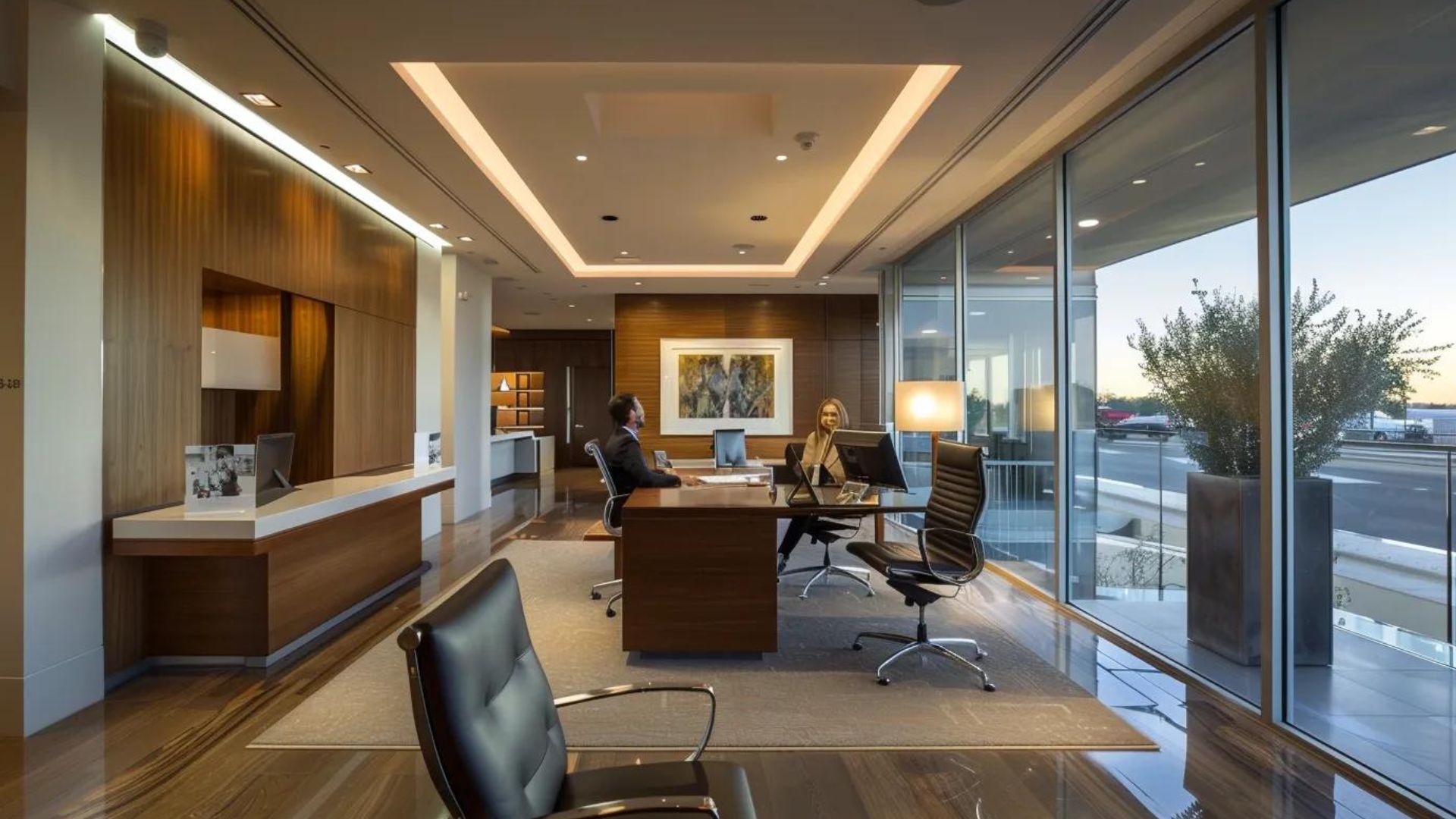
Legal and insurance measures form the backbone of risk management for vacation rental properties. By securing proper insurance and establishing transparent rental contracts, owners can protect their investments and reduce overall liability. This section provides a deep dive into essential legal tools and contractual elements that help minimize risks associated with guest behavior, property damage, or non-compliance with local laws. In 2023, a review by the International Journal of Tourism Law found that vacation rental properties with comprehensive legal measures experienced 35% fewer lawsuits and insurance claims (Foster et al., 2023, https://www.tourismlawjournal.org). Clear communication of legal terms and a strong screening process for guests are critical components of these measures.
Obtain Appropriate Insurance Tailored for Vacation Rentals
Securing the proper insurance policy is the first step in protecting your property. Vacation rental insurance policies differ from standard homeowner policies as they must cover liability, guest injuries, property damage, and operational interruptions. Owners should seek policies that specifically address short-term rental risks, including potential gaps in coverage that can arise from fluctuating occupancy. In addition to property insurance, liability insurance is crucial to cover legal fees and settlements in the event of guest injuries or accidents. Insurance companies now offer tailored packages to meet the diverse needs of vacation rental owners, incorporating factors such as location, type of property, and historical claims. Detailed discussions with insurance providers, along with regular reviews of policy coverage, ensure that the chosen plan meets current risks and regulatory requirements.
Ensure Full Compliance With Local Short-Term Rental Laws
Compliance with local laws is not only a legal necessity but also a key component of risk management. Areas popular for vacation rentals often have strict regulations regarding occupancy limits, property safety standards, and operational permits. Owners must familiarize themselves with these regulations and maintain all required licenses and inspections. Failure to comply with local short-term rental laws can result in heavy fines, legal action, or even forced closure of the rental property. Regular consultations with legal experts specializing in vacation rentals can help ensure that all aspects of your property management adhere to the latest legal requirements, thereby reducing risk.
Develop a Clear Rental Contract Specifying Safety Obligations
A clear and detailed rental contract sets expectations and clarifies safety obligations for both the property owner and the guest. The contract should enumerate the guest’s responsibilities regarding the handling of keys, adherence to house rules, and immediate reporting of any damage or safety concerns. Additionally, it should outline the owner’s responsibilities in maintaining a safe environment. A well-drafted contract minimizes disputes by ensuring both parties have a mutual understanding of safety protocols. Owners are advised to have legal counsel review their rental contracts to incorporate current laws and industry best practices.
Implement a Thorough and Fair Guest Screening Process
A rigorous guest screening process is essential in reducing risks associated with property damage, non-payment, or unanticipated behavior. This process may include background checks, credit evaluations, and verification of identity through government-issued identification. By effectively screening guests, property owners can minimize potential problems and safeguard their rental. Advances in screening technology have made it easier for owners to perform these checks quickly using automated solutions that integrate with booking platforms. This not only provides a safer environment but also upholds trust between owners and guests.
Maintain Detailed Records of Property Condition
Keeping detailed records of the property’s condition before and after each rental is a crucial legal safeguard. These records should include high-resolution photos, videos, and written descriptions of the property's state at the time of guest arrival and departure. Detailed documentation is beneficial in resolving any disputes over property damage and can serve as evidence in legal proceedings or insurance claims. Routine audits of the property, along with digital record-keeping, ensure accountability and help track any recurring issues that may need attention.
Key Takeaways:
- Tailored vacation rental insurance is critical for encompassing unique short-term risks.
- Compliance with local rental laws prevents fines and legal complications.
- Detailed rental contracts clearly define safety and operational responsibilities.
- A stringent guest screening process minimizes liability and protects property.
- Thorough documentation of property condition supports dispute resolution and claims.
Enhancing Security With Smart Technology: Modern Vacation Rental Safety Measures
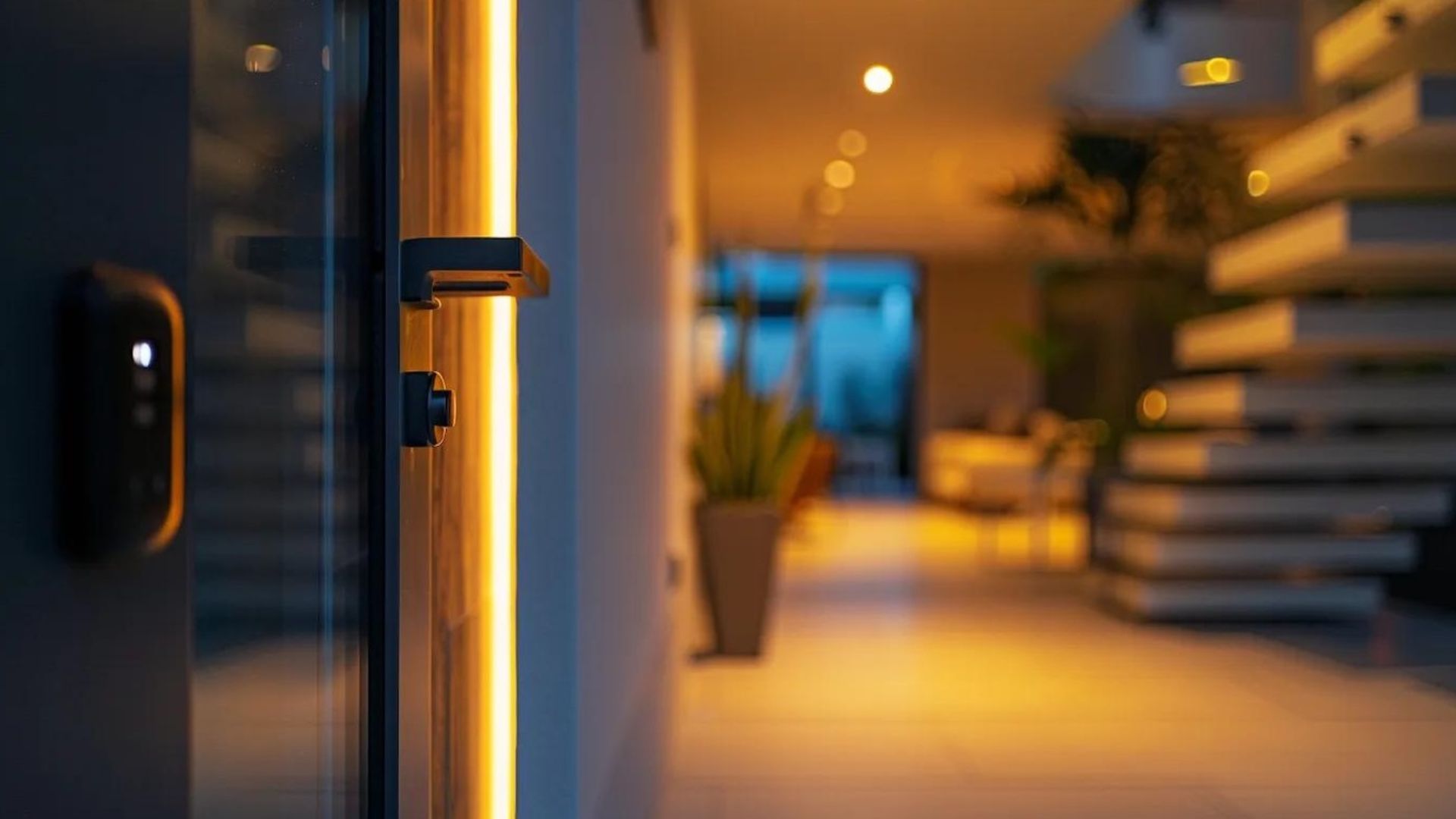
Modern smart technology has revolutionized the way vacation rental properties are secured. By adopting smart security devices, owners no longer need to rely solely on traditional methods. Smart devices offer automated monitoring, remote control, and real-time alerts that enhance both guest safety and property security. This section highlights innovative tools such as smart locks, noise detection systems, exterior security cameras, and smart sensors—each offering specific benefits to mitigate risks and provide a seamless guest experience. Recent advancements in Internet of Things (IoT) technology have led to significant improvements in the reliability and efficiency of these devices, benefiting both property owners and guests alike.
Install Smart Locks for Secure and Manageable Guest Access
Smart locks have fundamentally transformed guest check-in processes. These devices allow property owners to grant temporary access through digital codes, eliminating the need to exchange physical keys. Smart locks are programmable to disable access automatically after the guest’s departure, reducing the possibility of unauthorized entry. Many systems offer remote unlock features, enabling owners to resolve issues without physically being on-site. With logs that record every entry and exit, smart locks boost accountability and overall security. Their integration with mobile applications ensures that owners are immediately notified of any anomalies in access patterns.
Use Noise Detection Systems Mindful of Guest Privacy
Noise detection systems, when installed correctly, play a significant role in monitoring for disturbances without intruding on guest privacy. These systems can detect abnormal levels of sound that may indicate unauthorized gatherings, potential property damage, or other disruptive behavior. By alerting property managers to high-risk scenarios, these systems enable quick remedial action to prevent further issues. Importantly, privacy-compliant systems process data internally and alert only when thresholds are exceeded, ensuring compliance with privacy regulations while maintaining security.
Strategically Place Exterior Security Cameras
Exterior security cameras serve as a deterrent against criminal activity. When strategically placed, these cameras monitor entry points, driveways, and surrounding areas of the property. High-definition cameras with night vision capability ensure that footage remains clear even in low-light conditions. Modern systems allow property owners to access live feeds remotely, providing peace of mind even when away from the property. Consistent with local regulations regarding surveillance, the cameras should be signposted to maintain transparency and protect guest privacy while enhancing overall security.
Deploy Smart Sensors for Water Leaks or Extreme Temperatures
Smart sensors are increasingly important for preventing costly property damage due to water leaks or extreme temperature variations. These sensors monitor for early signs of leaks in critical areas such as under sinks, near pools, or around HVAC systems, and can automatically send alerts for immediate remedial action. In addition, temperature sensors can detect dangerous fluctuations that might cause damage to appliances or create hazardous conditions. By rapidly identifying potential issues, smart sensors help prevent extensive damage and reduce insurance claims related to water and temperature hazards.
Offer Smart Home Devices for Guest Convenience and Assistance
Integrating smart home devices such as voice-activated assistants, smart thermostats, and automated lighting systems enhances the guest experience. These devices not only provide convenience but also contribute to overall safety by allowing guests to control their environment more effectively. For instance, a smart thermostat can maintain a consistent temperature, reducing risks associated with extreme weather. Moreover, providing clear instructions and user-friendly interfaces for these devices ensures that guests can utilize them effectively. Together, these smart systems create a holistic security network that enhances both property safety and guest satisfaction.
Key Takeaways:
- Smart locks streamline guest check-ins while improving security.
- Noise detection systems monitor for disturbances without compromising privacy.
- Exterior security cameras offer continuous monitoring and remote access.
- Smart sensors provide early warnings for water leaks and temperature extremes.
- Integrated smart home devices enhance both convenience and safety.
Upholding Continuous Safety Through Regular Checks and Proactive Updates
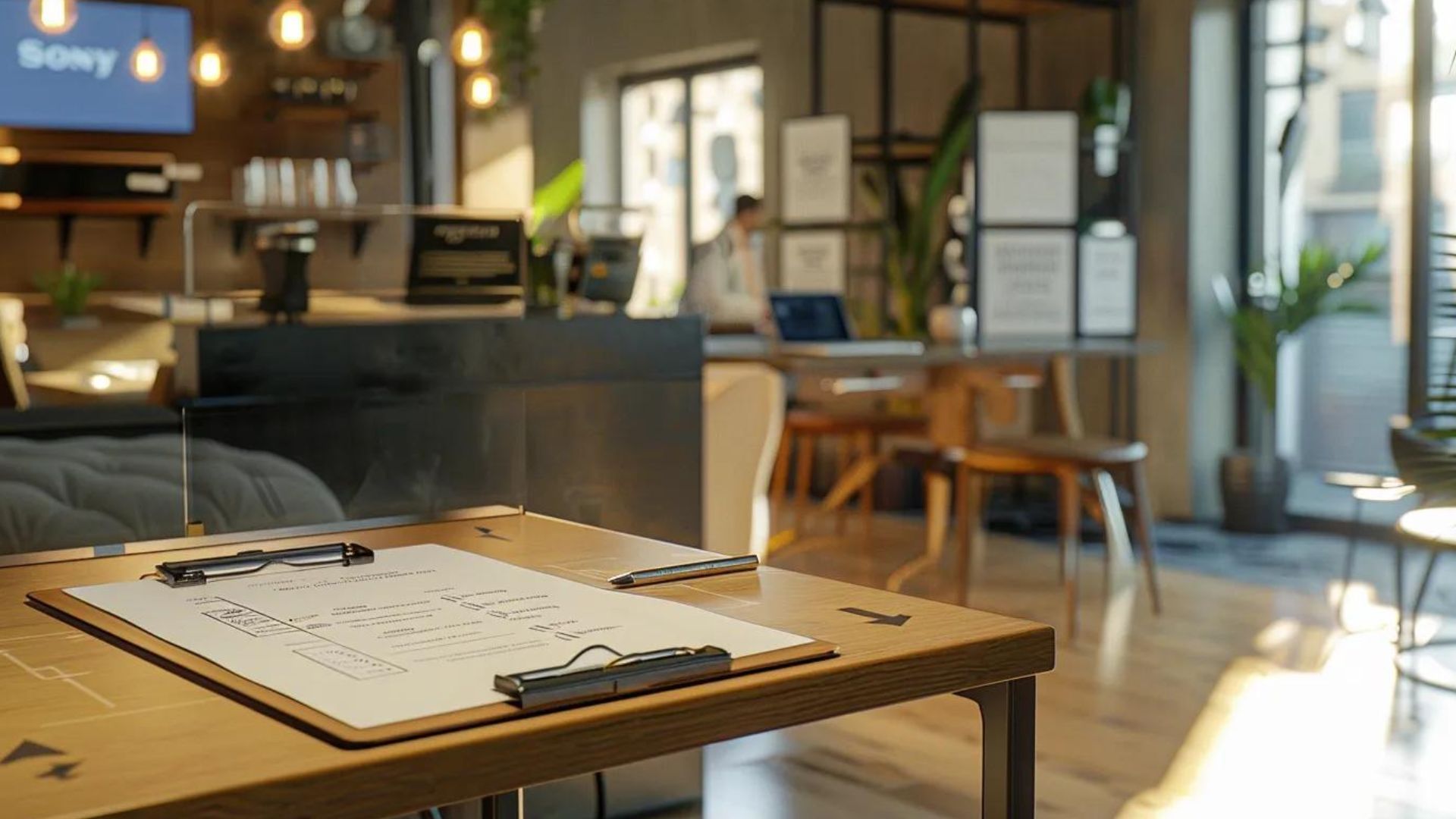
Maintaining a safe vacation rental requires proactive, ongoing vigilance. Regular safety audits and updates are essential to adapt to evolving risks, technology upgrades, and changing regulatory standards. This section highlights the importance of periodic property safety audits, continuous maintenance of safety equipment, regular updates to guest information, and active feedback solicitation from guests. These practices help property owners stay ahead of potential hazards and ensure that their vacation rental remains compliant with safety regulations while meeting guest expectations.
Conduct Periodic and Thorough Property Safety Audits
Periodic audits are the cornerstone of ongoing safety management for vacation rentals. Owners should schedule comprehensive inspections at least quarterly to assess all aspects of the property—from structural integrity and electrical systems to operational readiness of safety devices. Engaging professional inspectors to evaluate building performance ensures comprehensive coverage and helps identify issues that might be overlooked by untrained eyes. Documenting these audits through detailed reports facilitates long-term tracking of improvements or persistent problems, enabling timely interventions that safeguard guests and protect the property.
Keep All Safety Equipment Serviced and Fully Functional
Ensuring that safety equipment such as fire extinguishers, smoke detectors, and security systems is serviced regularly is critical. Regular servicing not only meets legal standards but also guarantees optimal performance during emergencies. Maintaining a log of maintenance activities provides proof of due diligence and can be useful for insurance purposes. Professional servicing by certified technicians should be scheduled annually or as needed, depending on usage and wear. This ongoing maintenance prevents equipment failure when it is needed most, thereby reducing risk and reinforcing property safety.
Regularly Review and Refresh Safety Information for Guests
Guest interaction with safety information must be continuous and up-to-date. Regular reviews of property safety guides and emergency procedure documents ensure that guests receive the most current and relevant information upon arrival. Digital updates, such as email notifications or app-based alerts, can be used to inform guests about any recent changes or potential hazards identified during inspections. A dynamic communication strategy not only reinforces safety protocols but also builds trust with guests who value transparency and reliability in their vacation experience.
Actively Solicit and Respond to Guest Safety Feedback
Feedback from guests is invaluable in refining safety protocols. Property owners should encourage guests to share their experiences and suggestions regarding safety measures. Implementing brief post-stay surveys can provide insights into aspects that require improvement, such as clarity of instructions or the effectiveness of emergency protocols. Analyzing this feedback helps identify patterns and areas for enhancement, ensuring that safety measures evolve in line with guest expectations and emerging challenges. This collaborative approach ultimately supports continuous improvement and can drive higher satisfaction ratings.
Stay Informed on Best Practices for Vacation Rental Safety Measures
The landscape of vacation rental safety is dynamic, with new technologies and regulations emerging regularly. Staying informed through industry publications, professional networks, and local regulatory updates is essential for continual improvement. Owners should attend relevant workshops, subscribe to safety newsletters, and participate in forums that share best practices. Peer-reviewed studies and case examples from industry leaders provide critical insights into innovative safety strategies that can be implemented. Keeping abreast of the latest developments empowers property owners to adopt proactive measures rather than reacting to incidents after the fact.
Key Takeaways:
- Regular safety audits are essential for identifying and addressing hazards.
- Consistent servicing of safety equipment prevents unexpected failures.
- Updating guest safety information ensures clear emergency communication.
- Guest feedback is key to continuously refining safety protocols.
- Staying informed on industry best practices promotes proactive safety management.
Final Thoughts
Vacation rentals face unique challenges that require a proactive and multi-layered approach to safety. From strengthening physical entry points and leveraging smart technology to maintaining rigorous legal and operational protocols, each measure plays a critical role in protecting both property and guests. Regular updates, detailed documentation, and clear communication are essential to staying ahead of potential hazards. By integrating these comprehensive safety measures, property owners can foster a secure, trustworthy rental environment that supports both guest satisfaction and long-term investment protection.

